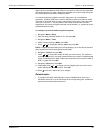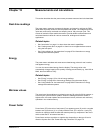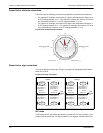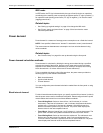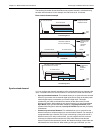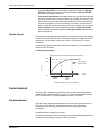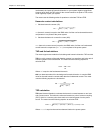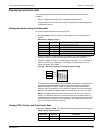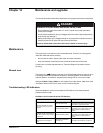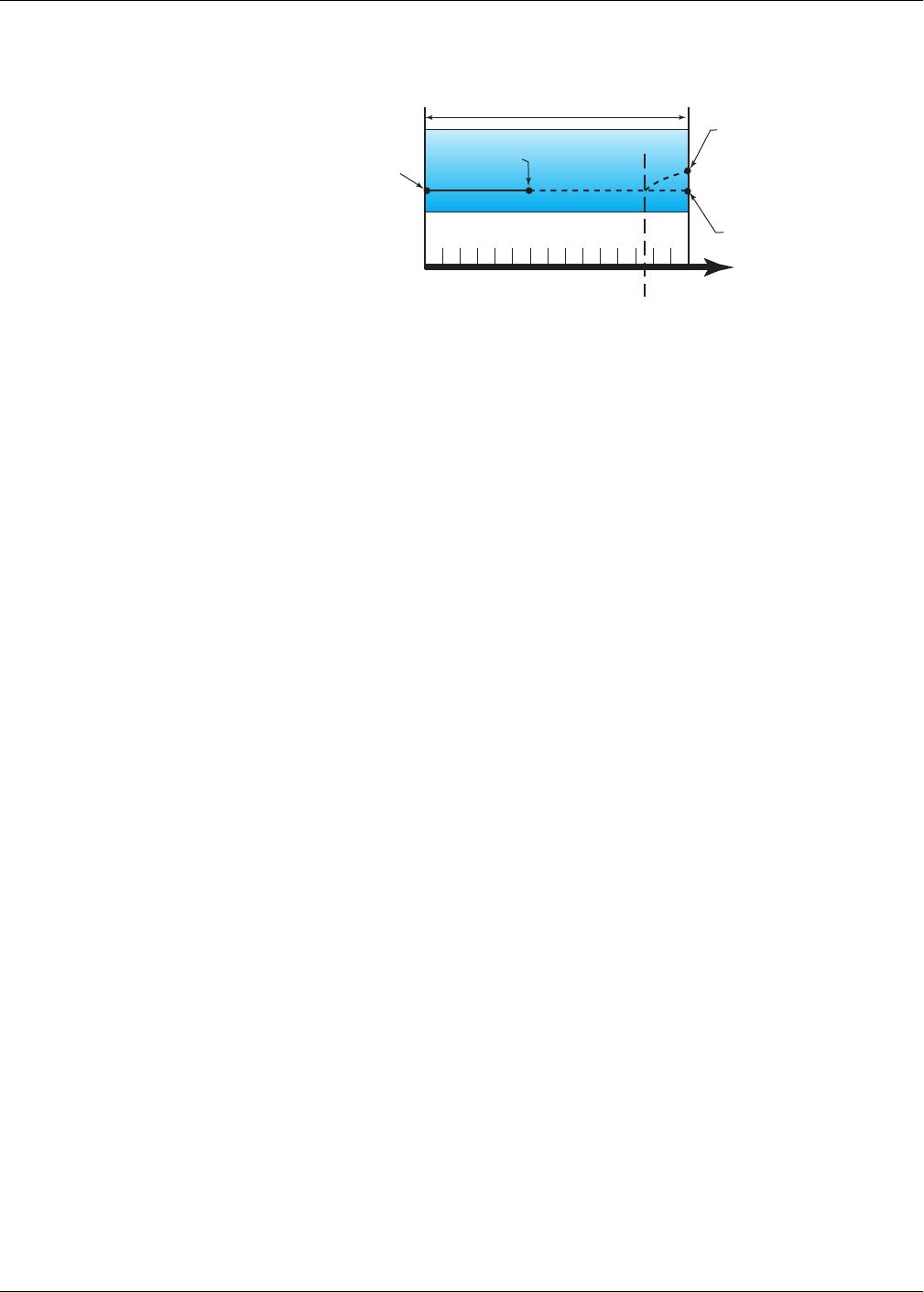
114 HRB1684301-01
Chapter 12—Measurements and calculations PowerLogic™ PM5500 series user manual
Peak demand
The maximum values for the kWD, kVARD, and kVAD power (or peak demand) is
maintained in the meter’s non-volatile memory. The peak for each value is the highest
average reading since the meter was last reset. The power meter also stores the date
and time when the peak demand occurred. In addition to the peak demand, the power
meter also stores the coinciding average 3-phase power factor. The average 3-phase
power factor is defined as “demand kW/demand kVA” for the peak demand interval.
Related topics
• See “Demand” on page 12 for a list of available peak demand readings.
• See “Single resets” on page 86 to reset peak demand values using the meter
display.
Input metering demand
The power meter supports up to 4 input metering channels, one for each digital input.
The input metering channels can be used to measure water, air, gas, electric and
steam utilities (WAGES).
Typical WAGES utility meters have no communications capabilities, but they usually
have a pulse output. The utility meter sends a pulse to its output each time a preset
quantity or amount of (WAGES) energy is consumed or delivered. This preset quantity
or amount is referred to as the pulse weight.
To monitor the utility meter, connect its pulse output to the power meter’s digital input.
Use ION Setup to associate the digital input for input metering and configure the input
metering operation mode, pulse weight, consumption units and demand units.
Related topics
• See “Digital input setup” on page 72 for details on configuring the digital inputs.
• See “Input metering setup” on page 75 for details on configuring input metering.
Timer
The meter supports an active load timer and an operating timer. Use the meter display
to navigate to the Timer screens.
Operating timer
The operating timer (Timer > Oper) keeps track of how long the meter has been
powered up.
Predicted demand example
1:00 1:06 1:15
15-minute interval
Predicted demand if load is
added during interval;
predicted demand increases
to reflect increased demand
Predicted demand if no load
is added.
Time
Change in Load
Demand
for last
completed
interval
Beginning
of interval
Partial Interval
Demand




